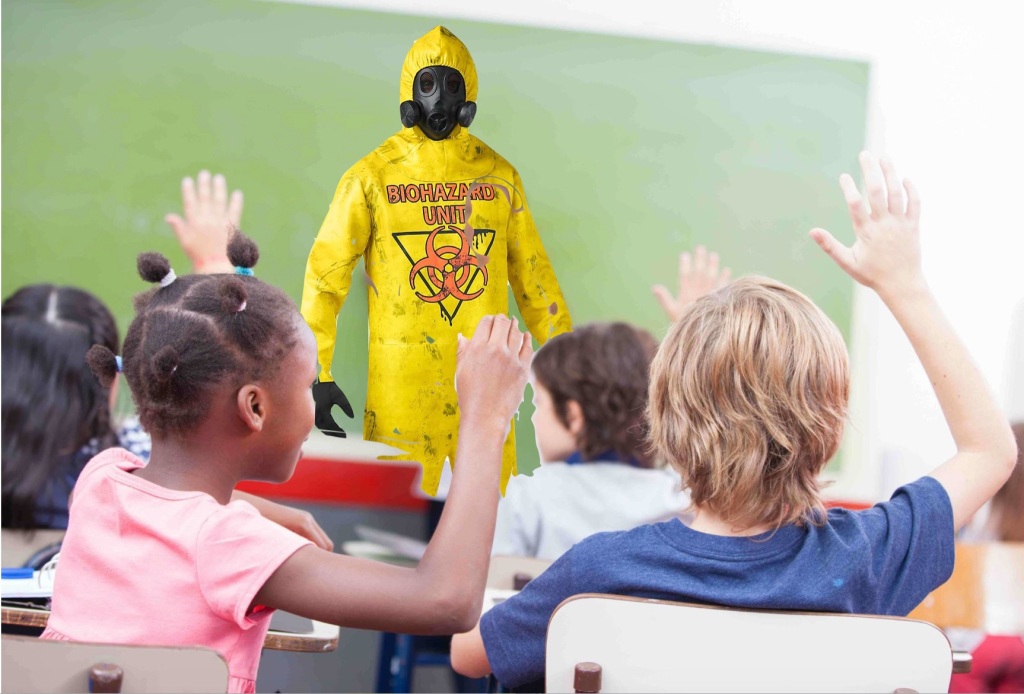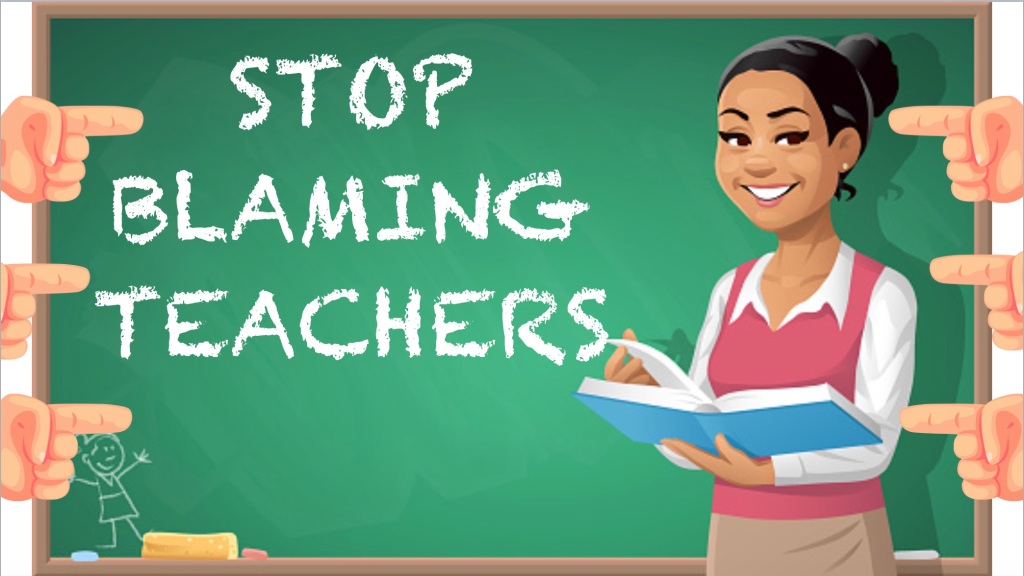
Dear Principal,
You talk a lot about quality instruction.
We need to do THIS to give students the best quality instruction.
We can’t do THAT because it will reduce the quality of instruction.
Yet once again today I have to give up my planning period to sub for an absent teacher!
Doesn’t THAT impact quality of instruction!?
We closed the entire district last week because COVID-19 cases were out of control. Then we reopened this week to preserve – say it with me – quality of instruction.
There has not been a single week so far this school year when I have not had to lose my planning period and sub.
Not one single week.
EXCEPT when we were on remote.
At least I have time to grade some papers and call some parents and plan out how my next few lessons will fit into each other to form a coherent whole.
At least I’m not flying by the seat of my pants.
Which seems to be the norm in the physical school building these days.
You need to understand something.
Every time you take away a teacher’s planning period – whether it be to cover an IEP meeting, use a teacher as a security guard in the cafeteria, sending someone to a training or otherwise – you are reducing the quality of instruction that teacher is able to provide that day.
And if you do it for long enough, you can no longer fairly judge that teacher’s annual performance by the same expectations you would have under normal conditions.
You need to put an asterisk next to her name for the year.
Meaning this isn’t the best she could do, but this is the best she could do WITHOUT HER PLAN.
Imagine an actor going on stage without having the chance to practice the play? Imagine an athlete playing in the championship game without having the chance to warm up or watch tape. Imagine a pilot flying your plane without being able to contact the air traffic controller or plan the route from one airport to another.
The results would not be ideal.
You would expect them to be sloppy, haphazard and possibly disastrous.
In fact, if most other professionals working under these conditions were able to pull out something even passable, we’d celebrate them as prodigies.
Wow! Did you see Denzel in Hamlet? He didn’t even have a chance to practice! He just did the whole play from memory!
Oh! And when Brady threw that touchdown pass! He wasn’t even warmed up! He rushed right from his car to the field – and he wasn’t even at training camp all week!
You should have the same reverence for your teachers who perform miracles every day in the classroom without having the time to plan.
That’s how amazing this should be.
It should not be accepted as the status quo.
But I know what the excuse will be: this is unavoidable.
There are just too many absences and not enough subs. And to an extent that’s true.
However, what are you doing to alleviate that situation?
Have you reached out to local colleges to find teaching students who would relish the experience of subbing? Have you reached out to retired teachers looking for extra pay? Have you lobbied the school board and the legislature for more money to pay subs and teachers?
Have you done everything you can to support the health and well-being of your staff so that fewer need to take off? Have you cut all unnecessary tasks like formal lesson plans, stopped holding staff meetings unless an urgent need presents itself, refrained from new and unproven initiatives, cut duties where possible to increase teacher planning time?
If not, then don’t talk to me about inevitability. You have contributed to it.
What’s happening in education has been a long time coming. Low pay, lack of respect, gas lighting, scapegoating, micromanaging – no wonder so few people want to be an educator anymore.
The people who are left want to be in the classroom because we love teaching. However, with all the nonsense heaped on our shoulders, the job has become less-and-less about that and more preoccupied with ancillary concerns – paperwork, endless meetings where nothing gets done, useless trainings so some corporation can get paid, and outright babysitting.
When you take away our planning periods, we can’t do our best for our students. And that’s why we’re here! To give our best!
When you take that away from us, you take away a lot of the satisfaction of the job.
No one devotes their life to something to do it half-assed.
Quality of instruction is not an excuse for us. It’s not a cudgel or a catchphrase or a policy decision.
It is the essence of our calling.
Don’t take that away from us.
Like this post? You might want to consider becoming a Patreon subscriber. This helps me continue to keep the blog going and get on with this difficult and challenging work.
Plus you get subscriber only extras!
Just CLICK HERE.

I’ve also written a book, “Gadfly on the Wall: A Public School Teacher Speaks Out on Racism and Reform,” now available from Garn Press. Ten percent of the proceeds go to the Badass Teachers Association. Check it out!









